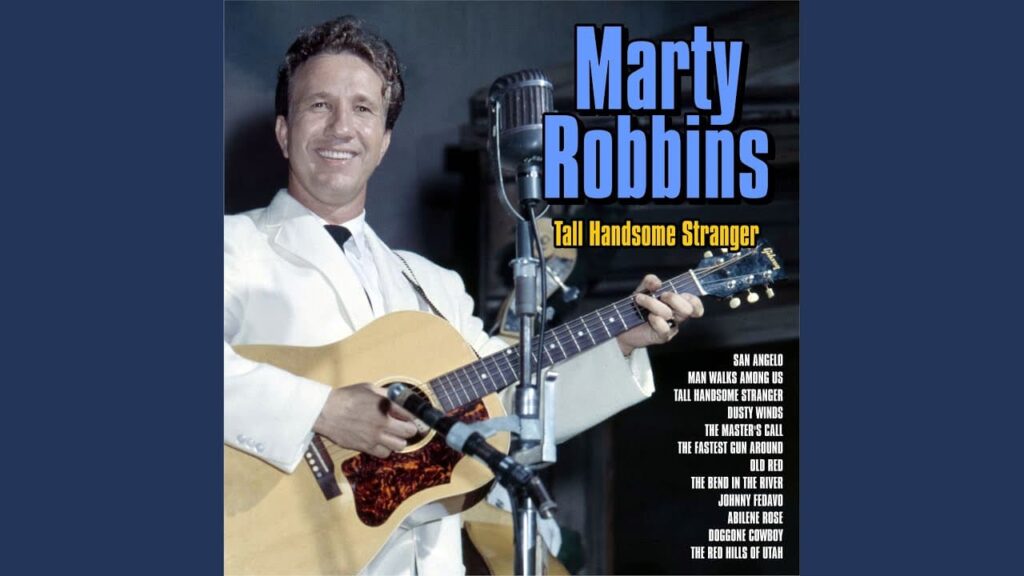
Marty Robbins’ “Love Is Blue”: A Pop Instrumental Transformed into a Reflective Ballad of Lingering Sorrow
To discuss Marty Robbins’ rendition of “Love Is Blue” is to examine a fascinating moment in musical history where genres blurred and an unlikely artist tackled an international phenomenon. While we often celebrate Robbins for his masterful narratives of the Old West or his heartfelt country ballads, his smooth versatility allowed him to explore the decade’s popular sounds. His take on this iconic melody is a reflective, mature performance that finds a new layer of melancholy within the song’s famous, delicate notes.
“Love Is Blue” (originally “L’amour est bleu”) first achieved global fame as an instrumental piece performed by the Paul Mauriat Orchestra in 1968, becoming a worldwide chart-topper and an instant hallmark of the late 1960s. Marty Robbins released his vocal version in 1968 as a single.
While the song didn’t match the monumental success of Mauriat’s instrumental version, Robbins’ version was a solid success that demonstrated his wide appeal. It peaked at Number 43 on the Billboard Hot Country Singles chart. More importantly, it showed that Robbins was comfortable crossing over into the sophisticated, romantic pop sound that was popular on Adult Contemporary radio, proving his versatility and willingness to embrace contemporary trends.
The story behind the song is a global collaboration. It was originally composed by André Popp with French lyrics by Pierre Cour for Luxembourg’s entry into the 1967 Eurovision Song Contest. The original French lyrics describe the connection between colors and romantic imagery—blue for dreams, gray for time, green for the wind—painting a poetic picture of love’s varied and shifting emotions.
The English lyrics, however, which are the ones Robbins sings, often focus on the theme of lost love and lingering sadness. They describe the vivid colors associated with beautiful memories (blue, gray, red, green), only to conclude that the loss of love has drained the world of its color. The sentiment is profoundly wistful:
“Love is blue, when love is gone… When your love is true, it shines for everyone, But love is blue, when love is gone.”
Marty Robbins brings a seasoned, world-weary approach to this pop standard. His voice, typically warm and grounded, here takes on a hushed, gentle quality, perfectly fitting the song’s delicate orchestration. For listeners of his generation, this song is a nostalgic bridge back to the late 60s, a time when instrumental music dominated the airwaves, and artists like Robbins often put their own vocal stamp on these massive hits.
Robbins’ interpretation is less about the dramatic agony of a sudden breakup and more about the quiet, enduring ache that comes with accepting a love has passed. He delivers the lyrics with the dignified sadness of a man who understands that some shades of sorrow simply become a permanent part of the emotional landscape. It speaks directly to the mature experience of loss—the realization that even after the initial storm, the world remains subtly muted, forever touched by the memory of what was. It is a beautiful, if often overlooked, demonstration of Robbins’ sheer musical range.